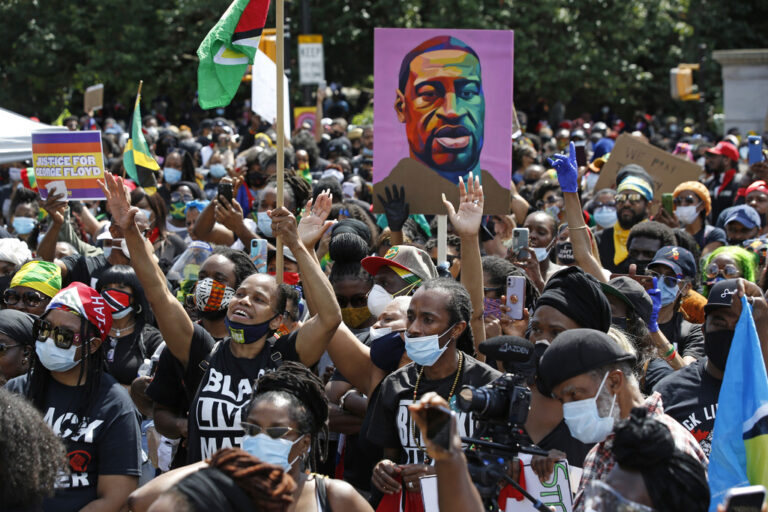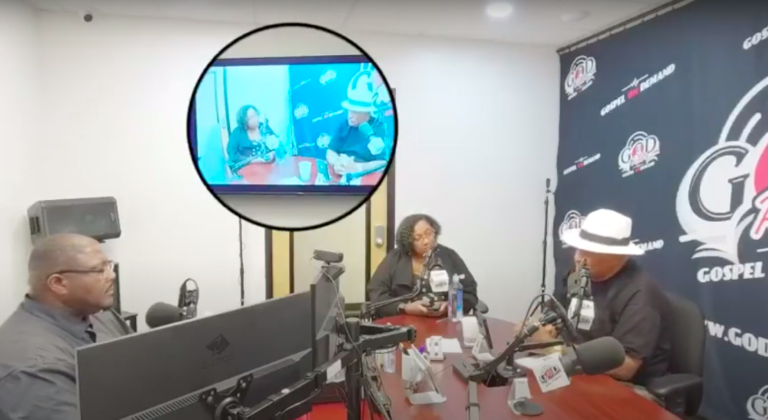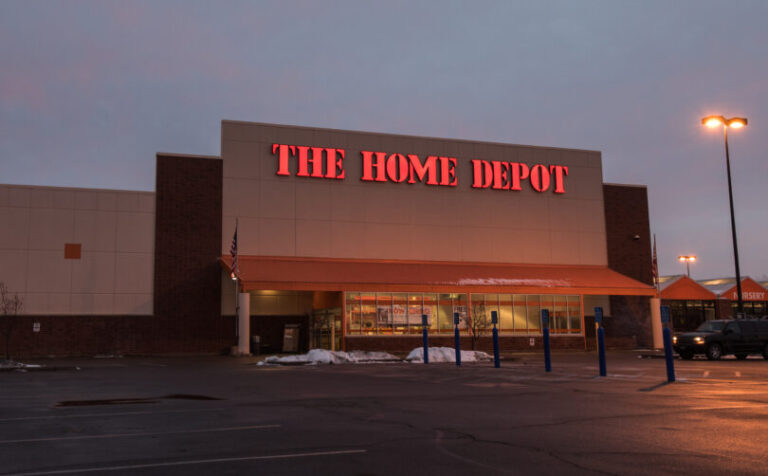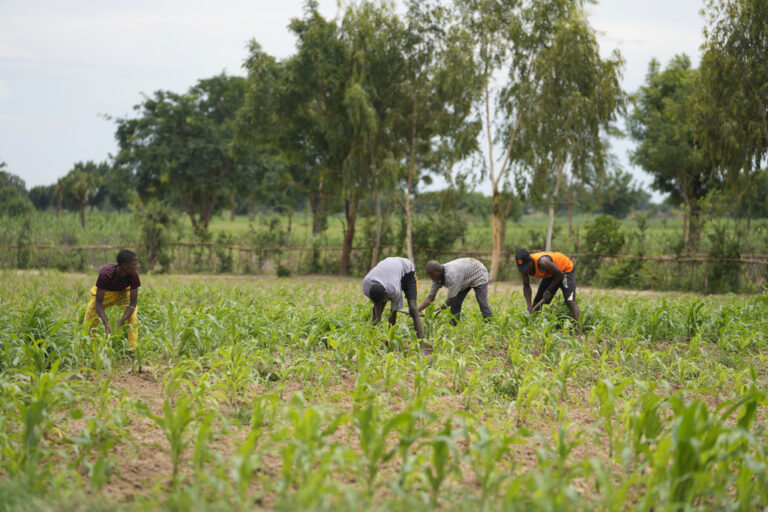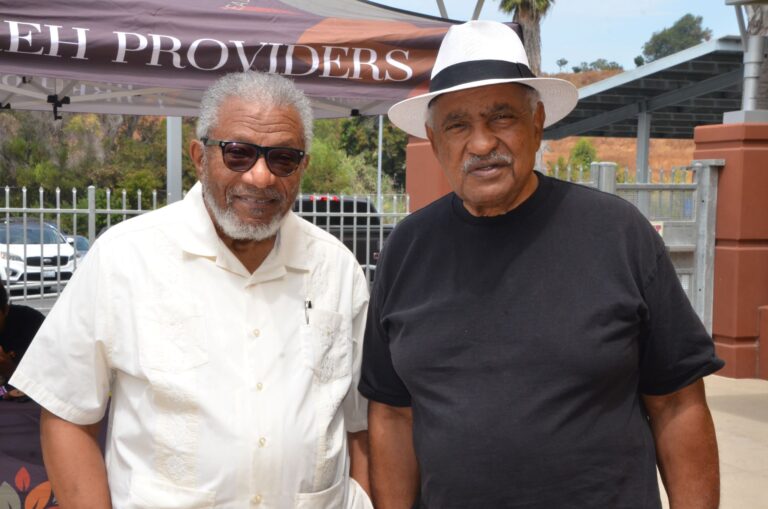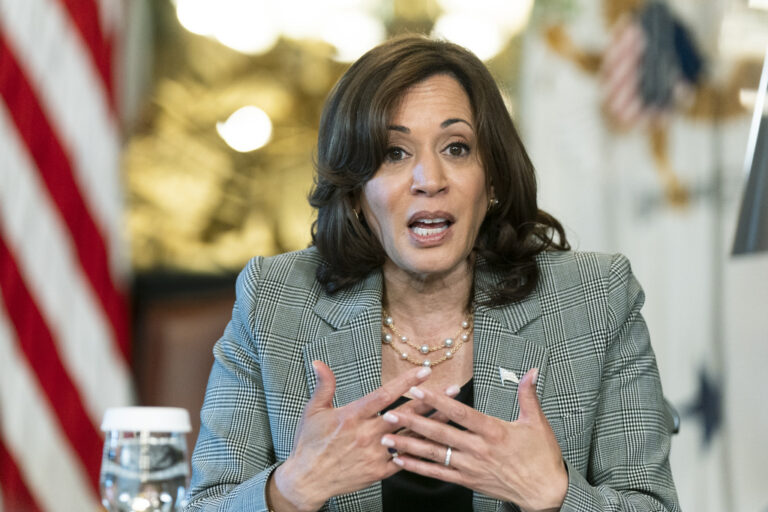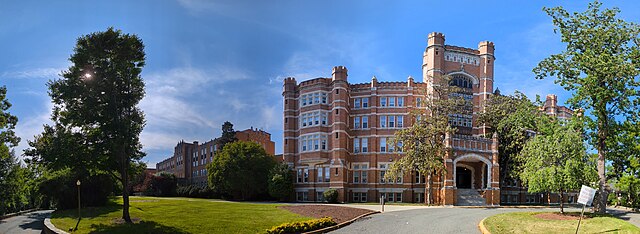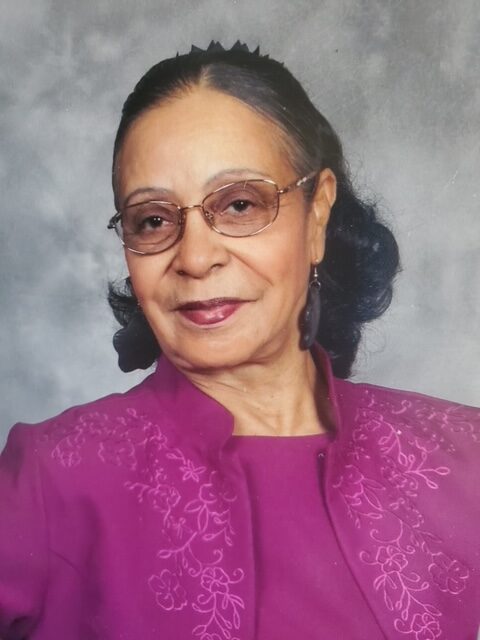By Amara N. Beaty, Voice and Viewpoint Staff Writer
Heat is the deadliest and most threatening weather hazard to human health. With heat temperatures rising in the state of California and across the globe, it’s important to understand the dangers of extreme heat and how to stay cool in its midst. Ethnic Media Services and the Office of Community Partnerships and Strategic Communications (OCPSC) held the first of three special news briefings on July 13, 2023, to highlight what extreme heat is, its dangers and what resources the state of California is implementing in response to the hazardous weather.
The briefing, just one week after Planet Earth recorded the four hottest consecutive days on earth thus far, included five guest speakers to highlight the various ways heat affects California residents: Professor V. Kelly Turner, Assoc. Director of Urban Environmental Research at UCLA; Dr. Lucía Abascal, MD, PhD, MS of CA Dept. of Public Health (CDPH); Marta Segura, City of Los Angeles’ Chief Heat Officer and Director of Climate Emergency Mobilization; Sandra Young, Founder of Mixteco Indigenous Community Organizing Project (MICOP); and Dr. Kimberly Chang, MD, MPH, Asian Health Services Family Physician.
Prof. Turner, brought to the conversation her expertise on the science of extreme heat and how that applies to policy change in California. Already noted is the fact that heat poses the greatest weather-related risk to human health. Extreme heat, such as heat waves, have an even greater effect on urban cities as opposed to more rural ones due to buildings, roads, and parking structures made from heat-absorbing materials — known as the “Urban Heat Island Effect”. Turner explained one way to combat this effect is through “shade infrastructure,” like trees and awnings, which can reduce heat by around 30 to 40 degrees celsius.
The state is mobilizing resources to help beat the heat as well through the implementation of cooling spaces like the aforementioned shade infrastructure as well as cool zones like malls, libraries and shaded parks. Plans for planting more trees and the placement of “bus shelters” are also in the works. Gov. Gavin Newsom launched a $20 million multi-ethnic education campaign, Heat Ready California, July 11, 2023, to help mitigate the health risks caused by heat exposure in California. Planning information, resources and strategies for staying safe and cool in the heat can be found at HeatReadyCA.com.
According to Segura, California cities, such as Los Angeles, are working on implementing more cooling centers, as the state is experiencing longer heat seasons, with high-heat lasting from about mid-June to mid-November, and more heat waves, with waves frequenting five times more than they were 10 years ago.
Dr. Abascal offered some tips on behalf of CDPH to stay cool at home and on a daily basis. Utilize the cool zones and to keep the air conditioning on at home if possible. Staying hydrated and checking in on friends, family, and neighbors is also important during these times of harsh weather. This is especially vital for vulnerable CA residents including pregnant women, older adults aged 65+, small children, people with disabilities and chronic conditions, residents of urban communities, and the homeless population.
Healthcare providers also hold a key role in the prevention of heat-related illness, as symptoms of heat stroke and other health issues due to heat exposure can often be ignored or misunderstood. This is especially true for vulnerable residents.
“It’s important as providers to recognize [headaches, fatigue, rashes, dizziness, and fevers as symptoms] being tied to heat exposure,” said FNP Young. “I think we don’t do that good a job [of] recognizing those connections many times.”
Be sure to stay informed, cool and hydrated during these record-high temperatures.


